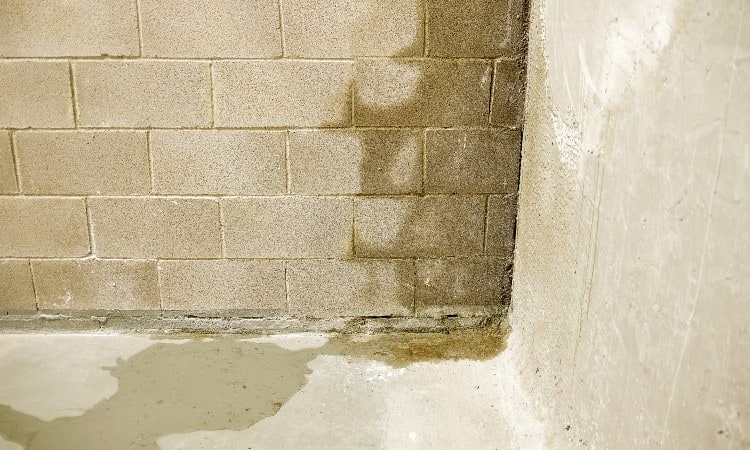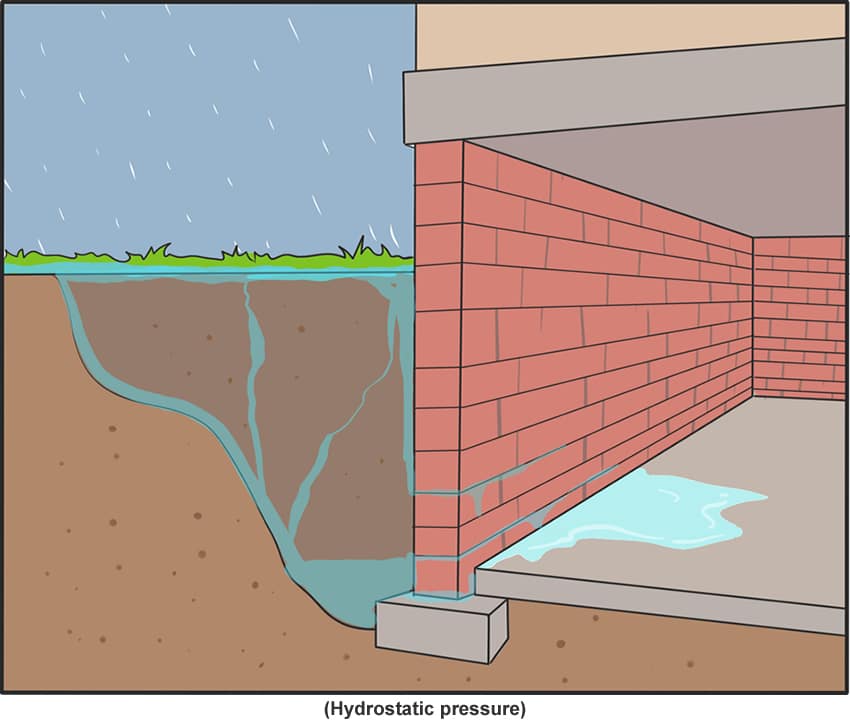

Leaks appearing after heavy rain can be a significant problem, leading to extensive water damage and costly repairs. Understanding the causes and how to identify these leaks is crucial for preventing costly damage to your property. This article will delve into the topic of leaks appearing after heavy rain, outlining the common causes, providing actionable steps for identification, and offering valuable solutions to effectively patch and repair the source. We’ll explore everything from roof leaks to foundation issues and provide a comprehensive guide to help you tackle these problems.
Understanding the Root Causes of Post-Rain Leaks
Identifying the precise cause of leaks after heavy rain is essential for effective repairs. Several factors contribute to these issues, and a thorough inspection is crucial for pinpointing the source. Different areas of a property, such as the roof, foundation, and exterior walls, each present unique vulnerabilities that can lead to leaks following precipitation. A careful analysis of these potential causes is the first step towards resolving the problem.
Common Causes of Post-Rain Leaks
- Roofing Issues: Damaged shingles, missing or loose flashing, and faulty gutters can all allow rainwater to penetrate the roof and seep into the interior. This often manifests as water stains on ceilings or walls and/or dripping sounds near the roofline.
- Foundation Problems: Cracks or settling in the foundation can create pathways for water to enter the building, particularly if groundwater levels rise after heavy rain.
- Drainage Issues: Poorly designed or clogged gutters, downspouts, or drainage systems can result in water accumulating around the foundation or building perimeter, increasing the risk of leaks and eventually damaging the structure.
- Plumbing Leaks: While not directly linked to rainwater, plumbing issues can worsen during periods of high humidity and water pressure, sometimes creating or exposing existing leaks in pipes or connections.
- Window and Door Leaks: Improperly sealed windows and doors can allow rainwater to enter, especially if there are gaps or cracks around frames. This often occurs after several hours of rain.
Identifying the Source of Post-Rain Leaks
Related Post : Shingles Curling at the Edges? What It Means for Your Roof’s Health
Taking steps to proactively identify the source of post-rain leaks saves you significant time and money in the long run. A systematic inspection is key to pinpointing the exact location of the water ingress.
Visual Inspection Techniques
- Carefully inspect the roofline for damaged shingles, missing flashing, or clogged gutters.
- Look for signs of water damage, such as water stains, discoloration, or pooling water near the foundation.
- Check for cracks in the foundation or around the building’s exterior walls.
- Examine the interior walls for water stains or damp patches and inspect the base of walls for leaks or moisture issues.
- Conduct a detailed plumbing inspection to check for any signs of leaks, especially near joints and connections.
Repairing Leaks After Heavy Rain
Effective solutions for patching post-rain leaks range from simple DIY fixes to professional repairs. Once you identify the source, proper remediation is essential to prevent recurring issues.
DIY Solutions and Preventive Maintenance
- Minor roof leaks might be addressed with simple repairs. Replace any damaged shingles or caulking.
- Ensuring proper drainage around your foundation and making necessary repairs to the gutters and downspouts.
- Inspect and repair any issues found in window or door seals.
Professional Repair
- For more significant leaks or those involving structural damage, professional assistance is recommended.
- Hire a qualified plumber or contractor to assess the damage and implement appropriate repairs.
Preventing Future Leaks
By implementing preventive maintenance and addressing any existing vulnerabilities, you can minimize the likelihood of future leaks after heavy rainfall.
Routine Maintenance Checklists
- Regularly inspect your roof, gutters, and downspouts for damage.
- Make sure your foundation drains are working properly and free of debris.
- Inspect windows and doors for proper seals and repair any gaps or cracks.
- Have your plumbing systems inspected by a professional.
Case Studies and Statistics
Case studies show a correlation between proper preventive maintenance and reduced water damage. Research from the National Roofing Contractors Association suggests that 80% of roof leaks occur in areas with pre-existing damage or lack of preventive maintenance.
Statistics of Repair Costs
Water damage repairs can be expensive. Average repair costs vary significantly based on the scope of damage. Ignoring leaks can result in significantly more costly repairs down the road.
How can I tell if I have a foundation leak? Signs of a foundation leak include water stains on walls, damp patches in the basement or crawl space, and increased moisture in areas around your home. The presence of mold or mildew can also indicate a moisture problem from a leak in the foundation. Regular inspection of your home’s exterior and interior, especially after periods of heavy rain, can help catch potential issues early on. Checking for cracks in the foundation, walls or pavement around the house can also help detect early signs of a possible leak. If you suspect a foundation leak, it’s essential to consult a qualified contractor or structural engineer for a comprehensive inspection and appropriate solutions.
In conclusion, identifying and patching leaks after heavy rain is crucial for preventing property damage and ensuring the safety of your home or business. By understanding the causes, implementing preventive measures, and knowing how to identify and address leaks promptly, you can significantly reduce the risk and cost associated with water damage. Remember to regularly inspect your property, especially after heavy rainfall, to catch any potential issues early on. By taking proactive steps, you can avoid costly repairs and maintain the structural integrity of your property. For more in-depth assistance or if you encounter a persistent leak, consult a qualified plumber or contractor for professional inspection and repair. Contact us today for a free consultation!